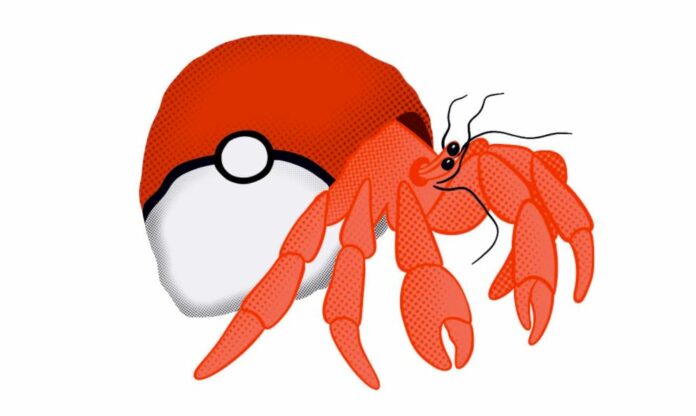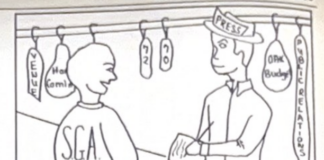
As summer begins and people everywhere flock to their favorite Ocean City, Atlantic City or Rehoboth Beach boardwalk, one of the season’s most lucrative businesses starts to creep out of its shell.
Shops line the boardwalk, featuring signs that read, “buy a hermit crab, get a free cage!” and gesture to the chicken-wire cages of nearly 300 hermit crabs in colorful shells that feature paintings of Spongebob and Pokeballs. Sellers give strict instructions to those who buy the crustaceans: keep the sponge wet, keep their food full, make sure the cage is clean, and keep them warm.
One Whit editor recalled their hermit crab, Sheldon, living for about a year. In most cases, hermit crabs only live a few months after being removed from their natural habitats. However, when residing in their natural habitat of the Caribbean, hermit crabs can live to be over 30 years old and “grow to the size of a softball.” The natural habitat of a hermit crab is more crucial than one might realize.
Typically sold along the shore in massive cages, hermit crabs are immensely social creatures. They prefer to be with others and even enjoy sleeping in piles together in the sand. Being relocated from their homes into the chicken-wire captivity of the Jersey Shore certainly allows for an abundance of hermit crabs in a limited space.
The humidity of the shore is also beneficial for hermit crabs, as the crustacean requires an environment of “75 percent humidity to breathe and a year-round temperature near 80 degrees” to mimic the environment of their Caribbean habitat. However, this isn’t something often communicated to the families that buy their children a hermit crab and a cage for a $10 deal. Without these levels of humidity and heat, the hermit crab will slowly die from suffocation as they become unable to breathe through their gills.
Hermit crabs in captivity also struggle with breeding. The vast majority of hermit crabs sold to little seven-year-olds are taken from their natural environment in the Caribbean, transported to the United States, and then re-homed into brightly painted shells for mass consumption. This process is simply unsustainable for the hermit crab population, as well as likely to disrupt the hermit crab’s role in the food chain as an “omnivorous scavenger.”
In reality, there is no ethical part of the removal of hermit crabs from their natural environments. Even if provided with adequate levels of humidity and water, hermit crabs still face threats from “chlorinated tap water and painted shells” that slowly poison the crustacean. The process of collecting these shells for painting also limits the number of shells available for wild hermit crabs, a number that is already limited due to common erosion and advanced interference from climate change.
The removal of hermit crabs from their natural environment has a massive impact on the environment itself. Hermit crabs truly require high levels of care and attention to mimic their natural environment, but most hermit crabs live in one of a wired cage with a plastic green top and bottom due to the lack of information given to consumers purchasing these crabs. These crabs need their natural environments in order to survive and thrive.
So, as beach season creeps in and we make our trips down to the boardwalk, avoid the brightly colored shells and good deals. No pet is worth the knowledge that you’re shortening the life of a social creature like the hermit crab.
For comments/questions about this story, tweet @TheWhitOnline or email Thewhitopinion23@gmail.com.




